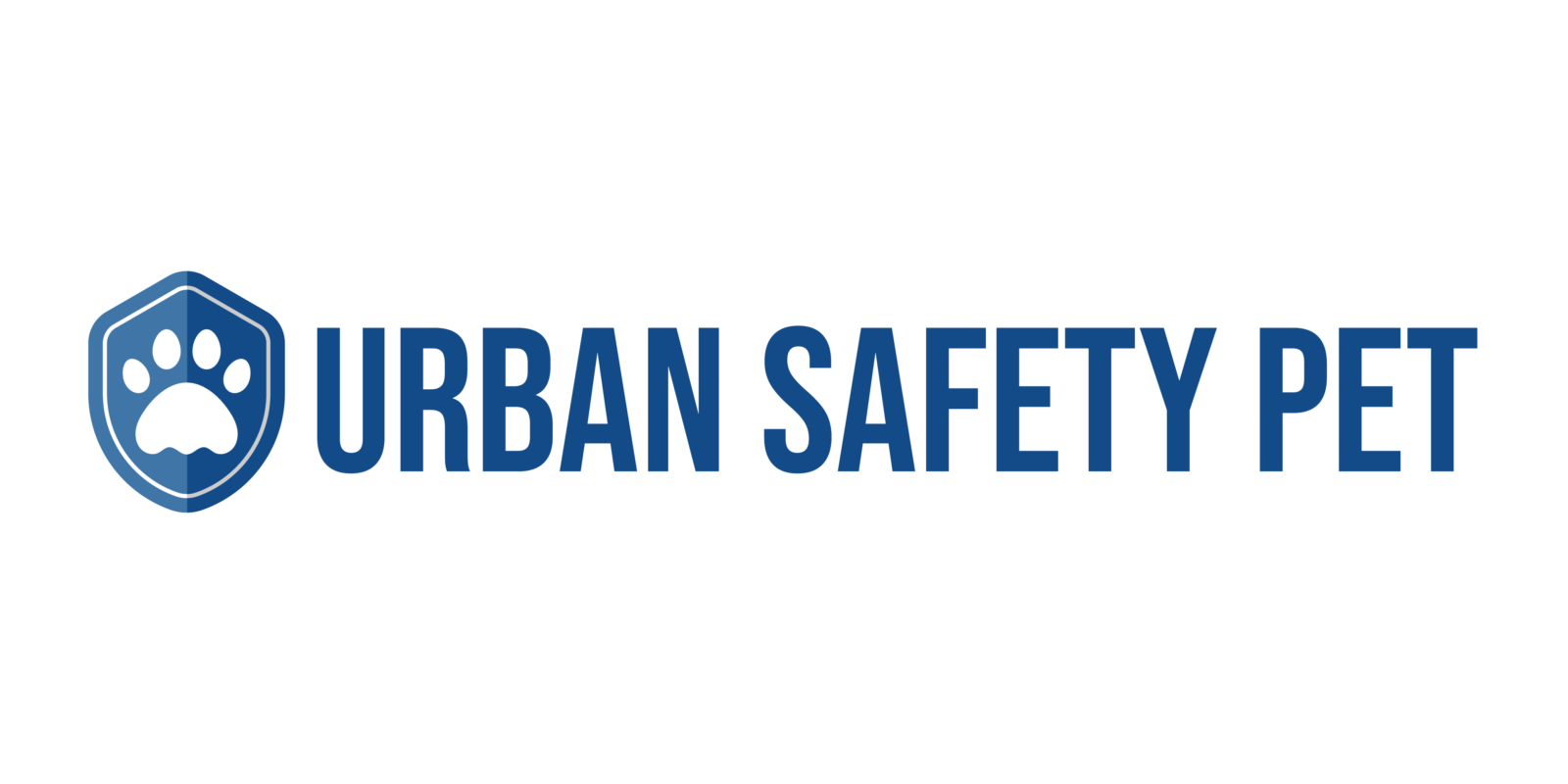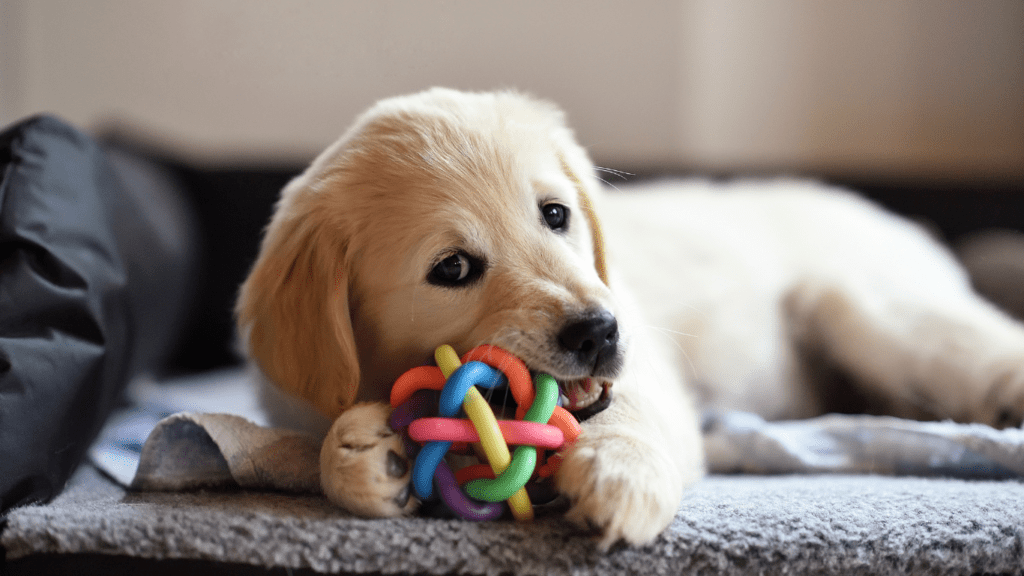Understanding Your Pet’s Needs
Pets, like humans, have specific needs crucial to their well-being. Meeting these needs ensures they feel safe, happy, and stress-free.
Identifying Stress Triggers
Stress triggers vary among pets. Common triggers include loud noises, unfamiliar people, and changes in the environment. Loud noises, like thunderstorms and fireworks, can lead to anxiety. Unfamiliar people entering the home can cause nervousness, especially in shy pets. Changes in the environment, such as new furniture or moving houses, can unsettle pets. Monitoring your pet’s behavior helps identify these triggers.
Recognizing Signs of Stress
Identifying stress in pets involves observing their behavior. Signs include changes in appetite, excessive licking, and hiding. A change in appetite, such as eating less or more than usual, can indicate stress. Excessive licking, particularly of a specific area, often suggests discomfort. Hiding, whether under furniture or in corners, is a common sign of fear. Paying attention to these behaviors allows for prompt action to alleviate stress.
Creating a Safe Space
Ensuring a pet has a dedicated safe space significantly reduces their stress levels. This space serves as a retreat where they can relax without disturbances.
Choosing the Right Location
Pick a quiet, low-traffic area for the safe space. Avoid spots near windows with external noise or rooms with frequent activity. Basements or spare rooms often work well. The space should be accessible at all times so pets can retreat when needed.
Furnishing the Safe Space
Use comfortable bedding tailored to your pet’s size. Add blankets and pillows for extra comfort. Include toys they enjoy to provide mental stimulation. Place water and food dishes nearby to fulfill basic needs. If possible, add items with your scent to create a familiar environment. Select items that are easy to clean to maintain hygiene.
Maintaining a Healthy Routine
Establishing a consistent routine for your pet helps minimize their stress and promotes overall well-being. Here’s how I ensure my pet’s daily life remains balanced and predictable.
Consistent Feeding Schedule
A regular feeding schedule keeps your pet’s digestion and energy levels stable. I feed my pet at the same times each day to create a sense of security and predictability. For example, my dog gets breakfast at 7 a.m. and dinner at 6 p.m. Ensure meals are balanced and appropriate for their age, size, and breed. I also measure portions to avoid overfeeding.
Exercise and Playtime
Regular physical activity is essential for your pet’s mental and physical health. My cat enjoys a morning and evening play session with toys like feather wands and laser pointers.
Dogs thrive on daily walks, fetch games, or agility exercises. I walk my dog for 30 minutes twice a day, ensuring they get enough exercise to stay fit and happy. Rotate toys and vary activities to keep them engaged.
Enriching Your Pet’s Environment

Creating an enriching environment is essential for your pet’s mental and emotional well-being. It involves providing stimulating activities and tools that can keep your pet engaged and happy.
Mental Stimulation
Mental stimulation plays a crucial role in keeping pets content and reducing stress. Engaging their minds through various activities can significantly improve their overall well-being.
- Interactive Toys: Toys that require problem-solving, such as puzzle feeders, keep pets’ minds active. For example, Kong toys filled with treats can challenge dogs.
- Training Sessions: Regular training provides mental exercise. Consistent, positive reinforcement during short training periods helps reinforce good behavior while stimulating cognitive processes.
- New Experiences: Introducing pets to new environments, sounds, or scents can provide mental stimulation. Short car rides, new walking routes, and exposure to different textures can enhance their sensory perception.
Environmental Enrichment Tools
Using a variety of tools for environmental enrichment ensures that pets remain engaged and content. These tools can address various aspects of their daily lives.
- Scratching Posts and Climbing Trees: For cats, scratching posts and trees offer physical activity and mental engagement. They fulfill instincts to scratch and climb.
- Chew Toys and Bones: For dogs, several types of chew toys and bones provide both entertainment and dental health benefits, such as rawhide or rubber chew toys.
- Aquarium Enhancements: For fish, adding decorations, plants, and places to hide reduces stress and mimics their natural habitat, enhancing their living environment.
- Bird Toys and Perches: For birds, perches, mirrors, and various toys can keep them stimulated and active, preventing boredom and promoting their health.
Incorporating these elements into your pet’s daily routine can create a stimulating and stress-free environment. Evaluation and observation will help tailor these tools and activities to your pet’s unique preferences and needs.
Addressing Behavioral Issues
Behavioral issues in pets can disrupt the harmony of your home. Identifying and addressing these issues early is essential for creating a stress-free environment.
Positive Reinforcement Training
Positive reinforcement training encourages desired behaviors by rewarding good actions. I recommend using treats, praise, and playtime to reinforce positive actions. For example, when a dog sits on command, giving a treat immediately helps the pet associate sitting with a positive outcome. Consistency is key to success; regular reinforcement helps pets understand what behaviors are expected and rewarded.
Using clickers can enhance training effectiveness. When combined with treats or praise, the click sound serves as an immediate marker of the desired behavior, making it easier for pets to connect the action with the reward. This method is effective for various pets, including dogs, cats, and even birds.
Consulting a Professional
Consulting a professional is crucial for persistent or severe behavioral issues. A certified animal behaviorist or a veterinarian specializing in behavior can provide tailored advice based on your pet’s specific needs. Professionals conduct thorough assessments to identify root causes, such as:
- anxiety
- fear
- medical conditions
Behavior modification plans often include environmental changes, specialized training, and possibly medication when necessary. For example, if a dog exhibits extreme fear during thunderstorms, a professional might suggest a combination of desensitization techniques and anxiety-reducing tools.
Regular follow-ups with a professional ensure ongoing support and adjustments as needed. These experts also educate pet owners on effective communication and handling techniques, fostering a stronger bond between you and your pet while creating a more peaceful home environment.
Monitoring Your Pet’s Health
Regularly monitoring your pet’s health can significantly reduce stress and ensure their well-being. It’s essential to stay proactive and attentive to their physical and emotional needs.
Regular Veterinary Check-Ups
Scheduling regular veterinary check-ups is crucial for maintaining your pet’s health. These visits allow for early detection of potential health problems, which can prevent more serious issues later.
For instance, bi-annual vet visits can help spot dental issues, weight fluctuations, or hidden illnesses. Always follow the vet’s recommendations on vaccinations and preventive care to ensure your pet stays healthy.
Keeping Track of Behavioral Changes
Observing and keeping track of behavioral changes is vital for identifying stress in your pet. Sudden shifts in behavior, such as increased aggression, withdrawal, or changes in eating habits, can signal stress or health problems.
For example, a dog that suddenly starts barking excessively might be experiencing anxiety. Document these changes and discuss them with your veterinarian to address potential problems early. A consistent monitoring routine helps maintain your pet’s physical and emotional well-being.




